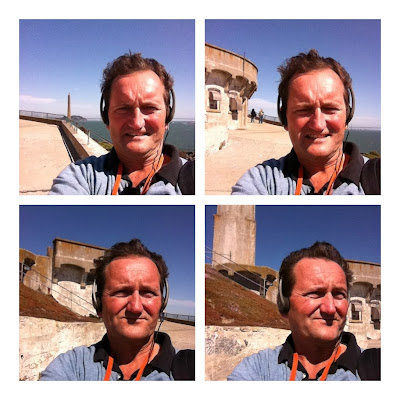Some time ago I abandoned folders for any files feeling that I could find anything with a search, I have learnt that if content is to be shared with colleagues folders matter, but my own stuff is like autumn leaves in a gentle breeze. It's all 'there' and has been going up for nearly 20 years.
It applied to floppy discs, CD-roms and external memory block thingys - which is why I moved to a blog in 1999 as a deposit for everything. That was on Diaryland. Several years of posting every day to that and I skipped through LiveJournal and Tumblr and then settled on WordPress in 2007 where I have been since.
And here I am on my OU Personal Blog - long may it last. A repository that is as likely to be a note or cut and paste job to me (private), OU module work (OU logged in) or the the world.
Anyway, I use tags copiously and need to have my virtual brain picked for ideas and found this >
According to Selwood and Twining (2005), ‘Action research is vitally important with respect to the use of ICT in education’ (p. 7). They suggest that, because action research has the aim of improving practice rather than necessarily contributing to a body of theoretical knowledge, action research is more likely than ‘conventional’ research to generate recommendations that can be implemented easily in practice. They argue that encouraging practitioners to engage in action research can promote wider and better uses of ICT in education.
This matters to planned research alongside developing ideas with creative students.
These are notes from H809 on using RefWorks
Selwood and Twining also note that action research is often confused with other kinds of activities. For example, does Reading 5 count as action research because it has the aim of improving practice? Or is it ‘conventional research’ because it uses a quasi-experimental comparison between groups rather than a progressive action-then-review cycle?
More problematically, without an experimental research design, is it possible to tell whether a given technological innovation is responsible for identified improvements in practice?
Conversely, could it be that action research projects might identify improvements in teaching and learning that then fail to be picked up by traditional student testing? So just how can the impact of technology on education be determined?
Selwood, I. and Twining, P. (2005) Action Research [online], Coventry, Becta, http://archive.teachfind.com/ becta/ research.becta.org.uk/upload-dir/ downloads/ page_documents/ research/ practitioner_research_paper.pdf (Last accessed 11 January 2013).